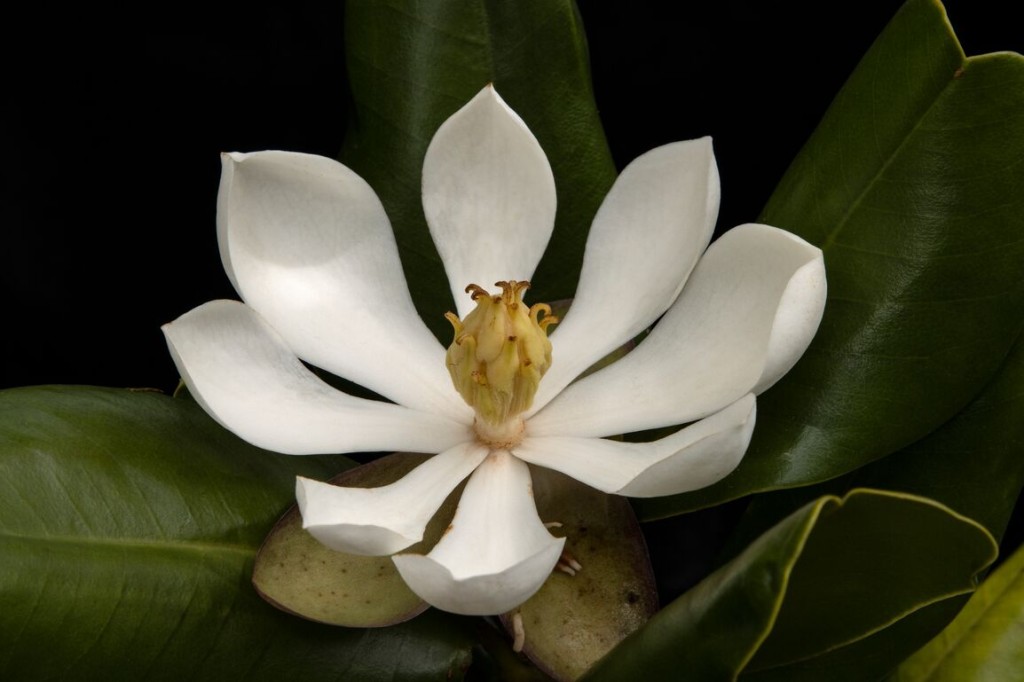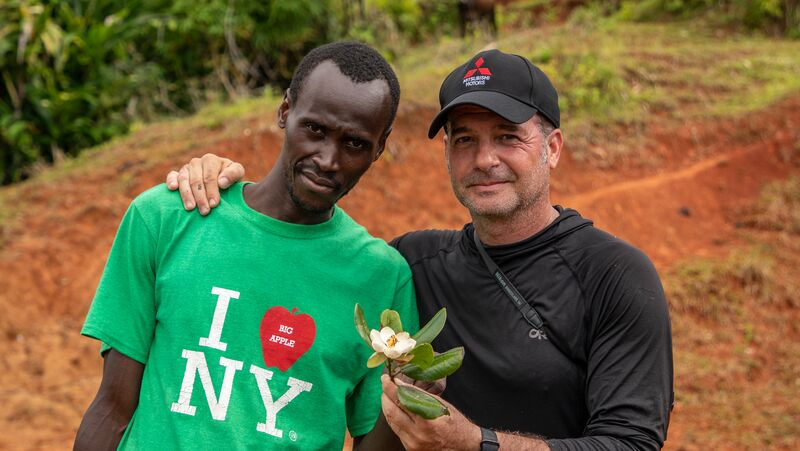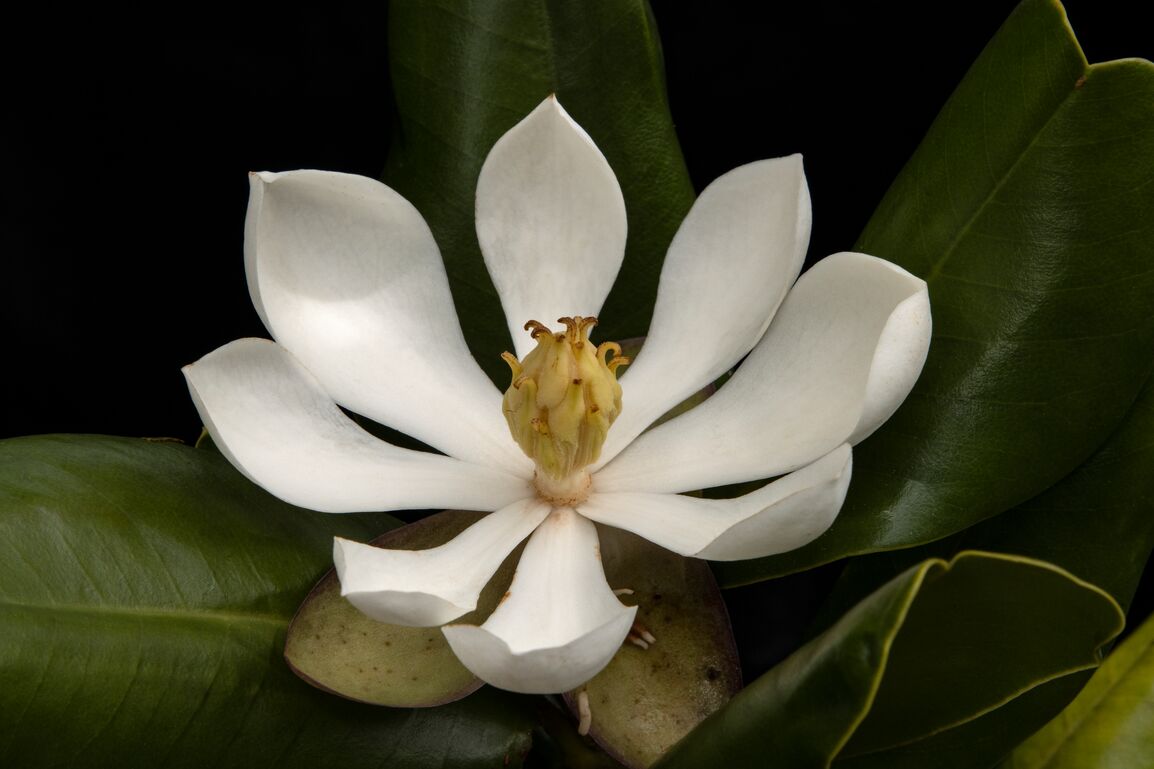
An expedition team in northern Haiti has rediscovered a magnolia tree that has been lost to science for 97 years.
The team used the tree’s telltale features to find it: beautiful alabaster flowers and uniquely shaped glossy emerald leaves. In a country stricken with widespread habitat destruction, this rediscovery has given conservationists hope that Haiti’s montane forests can be rewilded.
The northern Haiti magnolia (Magnolia emarginata) has been missing since scientists first discovered it in 1925, and is considered critically endangered according to the IUCN Red List of Threatened Species.
“The chances of finding this tree were one in a million considering that so few of Haiti’s forests remain,” said Eladio Fernandez, who led the expedition and is the communications director for Haiti National Trust.
“This rediscovery serves as a beacon of hope for the biodiversity of Haiti. Despite the bleak state of the country’s degraded forests, it still harbors species like this that are found nowhere else in the world, giving us the opportunity to save them.”
Hispaniola is home to five known endemic magnolia species, all of which are considered critically endangered and restricted to the wet mountainous forests over 2,200 feet (700 meters) above sea level.
After consulting herbarium records, the team from Re:wild decided to search for the northern Haiti magnolia in mid-June when the flowers are in bloom, making the tree easier to identify against the canopy, and increasing the chances of rediscovery. The five-person team finally set out on its multi-day expedition on June 15.
For three days the team focused its search on the mountains of Massif du Nord, where they thought there would be suitable elevated habitat for the magnolia, close to the destroyed forest where the species was discovered. They also suspected that this lost magnolia species may have been growing in dense mountainside forests, making it especially challenging to document and study.

The mountainous terrain limited the search and exhausted the team, but by the end they were able to identify 16 adult northern Haiti magnolia trees with flowers in various stages of growth in an isolated forested ravine and are confident that more remain in the area.
The team also found juvenile magnolias, standing less than one meter tall, giving them hope for a viable population of this once-lost species, and locals assisted in collecting herbarium samples.
Haiti National Trust is now planning a seed collection trip in the late fall to begin a conservation program for the tree. They plan to draw on knowledge from the successful cultivation of the other four magnolia species from elsewhere across Hispaniola to start a nursery and begin restoration efforts with local communities.
SIMILAR: ‘Huge Surprise’ as Giant River Otter Thought to be Extinct Pops Up in River in Argentina
“This rediscovery energizes our efforts to rewild Haiti,” says Anne-Isabelle Bonifassi, executive director of Haiti National Trust. “We’ve been working hard in Haiti’s Grand Bois to rewild the forests there, including Haiti’s other endemic magnolia species, and we are excited to apply that work to help us preserve another beautiful and iconic magnolia.”
SHARE This Hopeful Rediscovery With Your Friends…




















